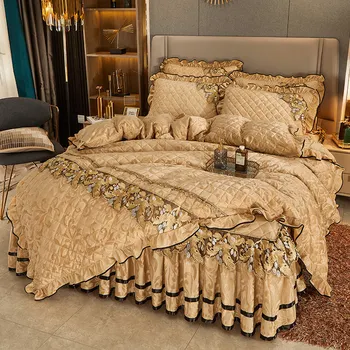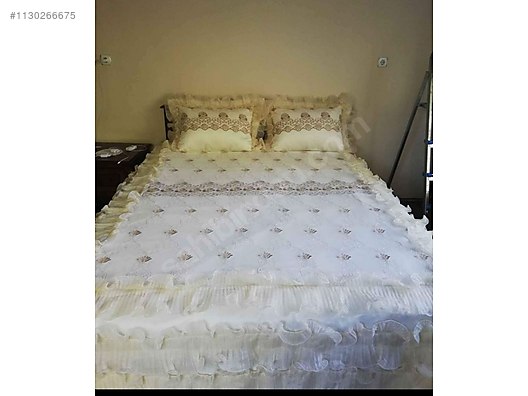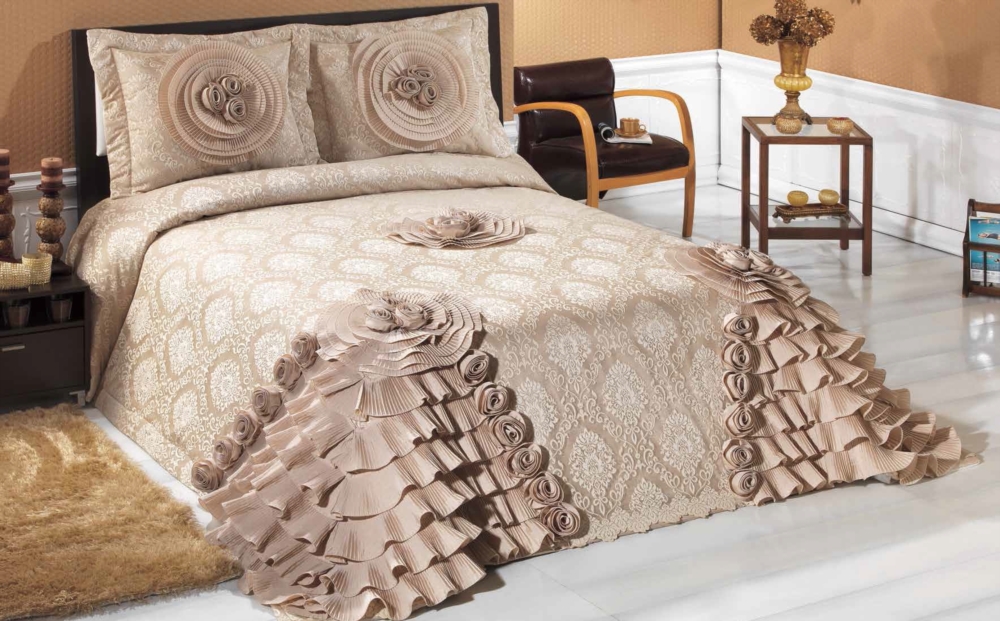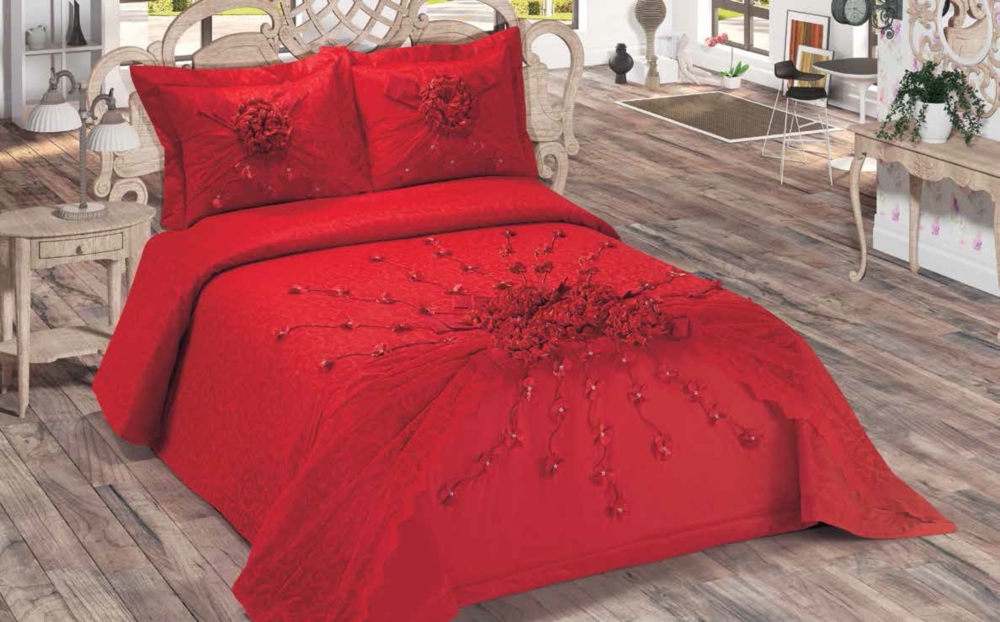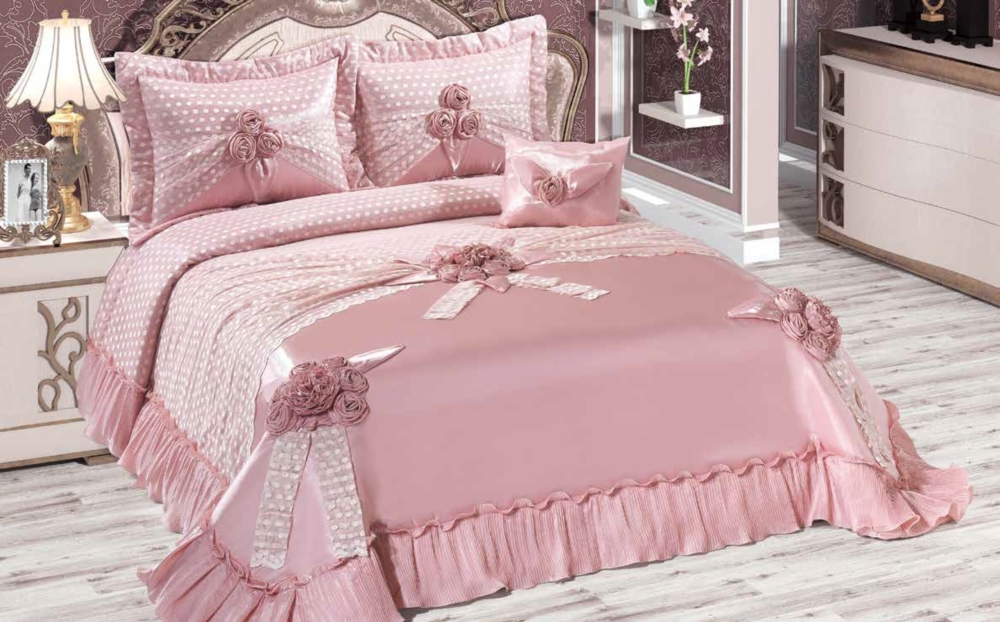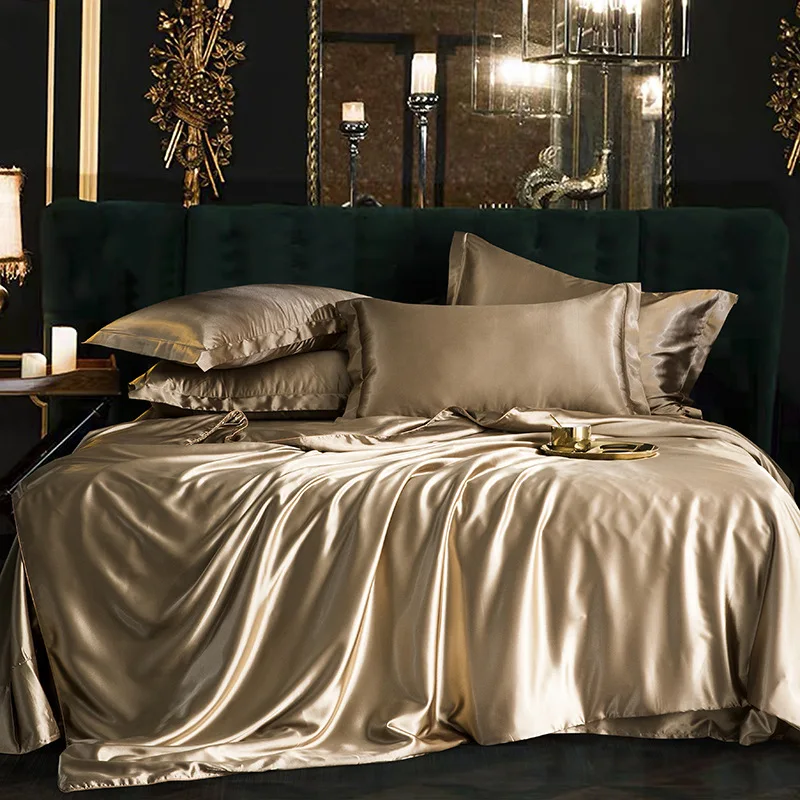
Lüks nevresim takımı yorgan yatak örtüsü seti çift çift kişilik yatak seti 4 adet yatak örtüsü çarşaf seti saten Satılık! - Ev tekstili | Cihanpazarlama.com.tr

Modern Sanat Altın Nakış 100'ler Mısır Uzun Zımba Pamuklu Lüks Yatak Takımı Yorgan Örtüsü Yatak Keten Yastık Şems Yatak Örtüleri | Fruugo TR

RUIZIXIN Yatak Örtüleri Queen Szie Lüks Örtü Ters Çevrilebilir Yatak Seti Ev Koleksiyonu Tüm Mevsimler için Yumuşak Mikrofiber Yorgan Seti Hafif Yorgan Yatak Örtüsü (1 Yorgan, 2 Yastık Kılıfı Dahil) : Amazon.com.tr:
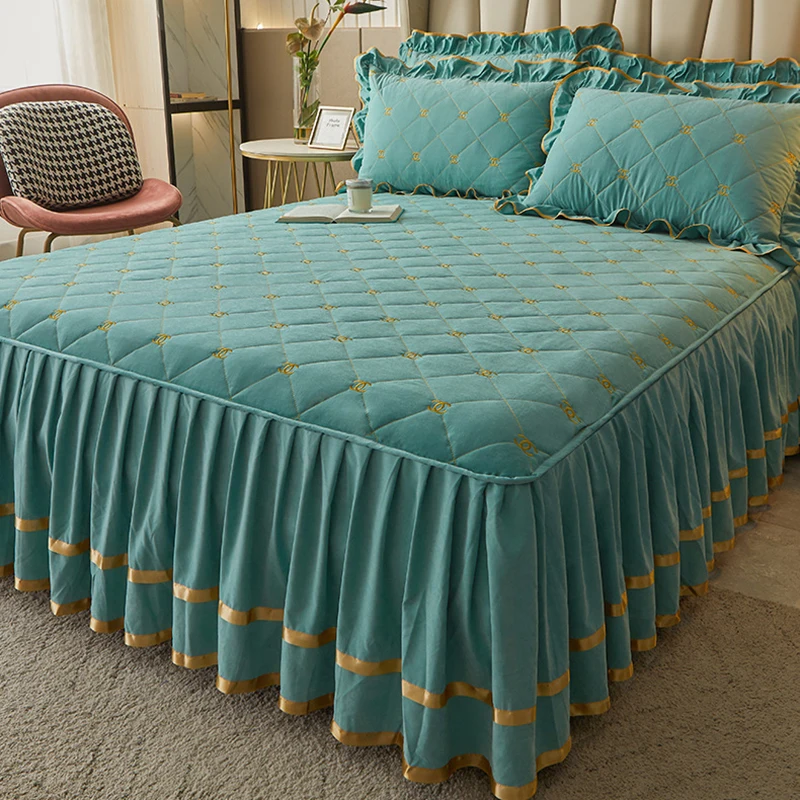
Lüks Yeşil Kapitone Yatak örtüsü Yatak çift Kişilik Yatak Etek Tek Parça Kaymaz Yatak çarşafı 45cm Yükseklik Etek Ev Tekstili satın almak online / Ev & bahçe | Canasansor.com.tr

ELVİRAHOME Lüks Çift Kişilik Çeyizlik Fransız Dantelli Güpürlü Battaniye Takımı Yatak Örtüsü Seti Kapiçino Fiyatları, Özellikleri ve Yorumları | En Ucuzu Akakçe
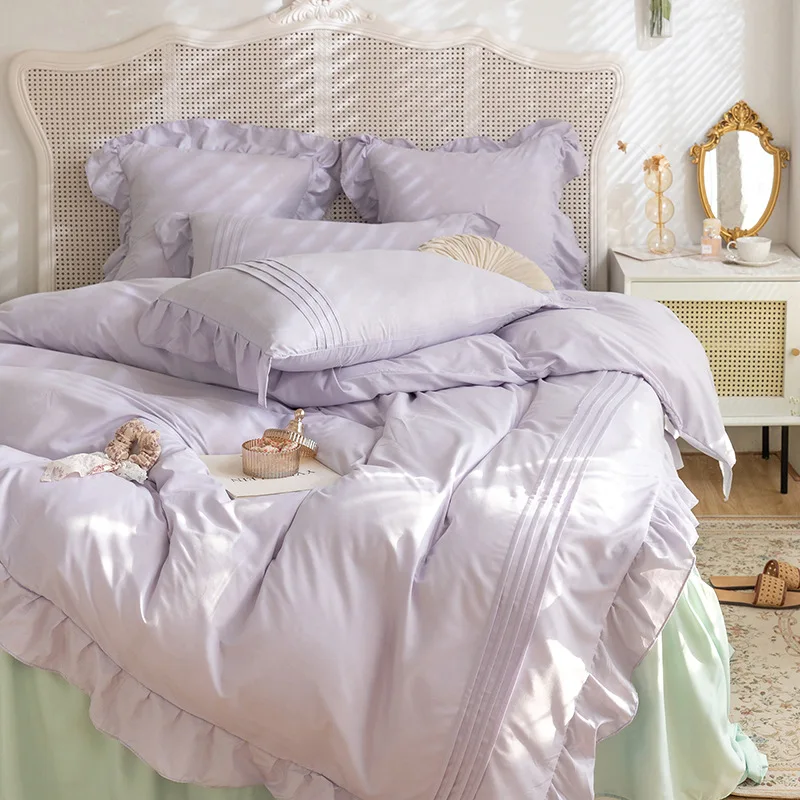
İndirim Kore lüks nevresim takımı yatak örtüsü ev e n e n e n e n e n e n e n e n e n e tam kraliçe boyutu yumuşak yatak etek çift yatak çarşafı yastık yorgan nevresim \ Ev & Bahçe > Smartapps.com.tr

Lüks Yatak Örtüsü Çift Kişilik Yatak Atmak Kadife Dekoru Ultra Yumuşak Kapitone Yorgan Seti + 2 Yastık Yatak Odası Dekoru Kılıfları Dört Mevsim Çok Fonksiyonlu Yatak Örtüsü : Amazon.com.tr

Lüks Kapitone Yatak Örtüsü İpek Yatak Örtüleri Turuncu Yatak Örtüsü Dekor Koruma Modern Yatak Havlusu Eşarp ve/veya Otel Yatak Odası için Dolgulu Yastık, 70 x 230 cm (1,8 m yatak için) :

3 adet ev nevresim takımı jakarlı nevresim seti yatak çarşafları lüks yatak örtüsü tek kraliçe kral yatak takımları – Joom Geek online mağazadaki en iyi ürünler

Tasarımcı Yatak Lüks Yatak Örtüsü Ekstra Büyük Lüks Yatak Seti Avrupa Ve Amerikan Ev Buz Ipek İpek Saten 8 Renkler Ücretsiz Kargo Yi TL2,064.82 | DHgate

FACAZ Lüks Kadife Yatak Örtüsü Yatak Eteği Tek Kişilik Çift Kişilik Yatak Örtüsü Saçak Yumuşak ve Rahat Kalın Kapitone Yatak Çarşafı Yatak Odası Dekorasyonu Kaymaz Döşek Toz Geçirmez Örtü, Yeşil-200x220 cm :

FACAZ Lüks Kadife Yatak Örtüsü Yatak Eteği Tek Kişilik Çift Kişilik Yatak Örtüsü Saçak Yumuşak ve Rahat Kalın Kapitone Yatak Çarşafı Yatak Odası Dekorasyonu Kaymaz Döşek Toz Geçirmez Örtü, Yeşil-200x220 cm :

Kırmızı jakarlı dantel prenses yatak takımı lüks yatak takımları kraliçe king-size yatak etek levha keten katı nevresim yatak örtüsü pamuk - AliExpress

Lüks yatak örtüsü yatak düğün yatağı örtüsü nakış yatak örtüsü battaniye kumaşı kral çift kişilik yatak
